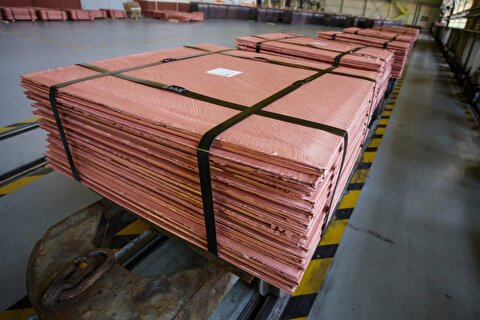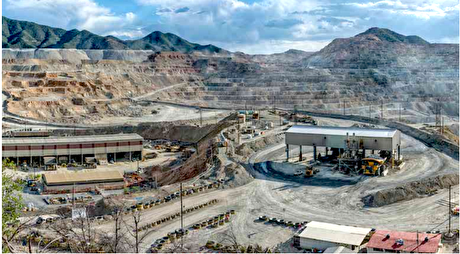
Scientists decipher the origin of REE deposits to guide exploration

According to the researchers, these deposits originated in a sub-seafloor, shallow-marine back-arc setting where high-temperature magmatic fluids reacted with pre-existing limestone layers. The drastic changes in chemical environment experienced by the fluids during their interaction with the limestone led to localised skarn formation and magnetite-REE mineral precipitation.
The ‘Bastnäs-type’ REE deposits are Palaeoproterozoic, skarn-hosted magnetite-REE deposits that represent a large-scale (>100 km) feature of high-grade REE concentrations
To reach such a conclusion, the experts collected mineral oxygen and carbon isotope data from 10 of the classic central Swedish ‘Bastnäs-type’ deposits. The new isotope data allowed them to perform numerical models that, combined with existing geological observations, gave them clues on how the deposits came to be.
The ‘Bastnäs-type’ REE deposits were the first hard-rock ores ever to be mined for REEs and played a key role in the original discovery of several rare earth elements, for example, cerium and lanthanum, and REE minerals such as bastnäsite.
“An improved understanding of their origin could help to guide exploration for this type of REE mineralisation here and elsewhere to secure the future supply of these critical commodities,” the team of scientists said in a media statement.


Gold price eases after Trump downplays clash with Fed chair Powell

Copper price hits new record as tariff deadline looms

Chile’s 2025 vote puts mining sector’s future on the line

Brazil producers look to halt pig iron output as US tariff threat crimps demand

Gold price could hit $4,000 by year-end, says Fidelity

Three workers rescued after 60 hours trapped in Canada mine

US targets mine waste to boost local critical minerals supply

Glencore workers brace for layoffs on looming Mount Isa shutdown

Column: EU’s pledge for $250 billion of US energy imports is delusional

Trump tariff surprise triggers implosion of massive copper trade

Maxus expands land holdings at Quarry antimony project in British Columbia

BHP, Vale accused of ‘cheating’ UK law firm out of $1.7 billion in fees

Southern Copper eyes $10.2B Mexico investment pending talks

American Tungsten gets site remediation plan approved for Ima mine in Idaho

Kinross divests entire 12% stake in Yukon-focused White Gold

Gold price could hit $4,000 by year-end, says Fidelity

Southern Copper expects turmoil from US-China trade war to hit copper

Ramaco Resources secures five year permit for Brook rare earth mine in Wyoming

Column: EU’s pledge for $250 billion of US energy imports is delusional

Trump tariff surprise triggers implosion of massive copper trade

Maxus expands land holdings at Quarry antimony project in British Columbia

BHP, Vale accused of ‘cheating’ UK law firm out of $1.7 billion in fees

Southern Copper eyes $10.2B Mexico investment pending talks

American Tungsten gets site remediation plan approved for Ima mine in Idaho

Kinross divests entire 12% stake in Yukon-focused White Gold

Gold price could hit $4,000 by year-end, says Fidelity

Southern Copper expects turmoil from US-China trade war to hit copper

Ramaco Resources secures five year permit for Brook rare earth mine in Wyoming














